Do you need to just start from scratch on a problem? Scrap what you already “think” you know or what you have compiled on the person. While going back to before you knew anything about the ancestor in question is not usually possible (after all, can you really intentionally forget what you know?). But there are some things you can do with the information you have already collected. Go back and and make certain you have completely and accurately cited each record mentioning your problem person. Review those records and analyze carefully each piece of information you have discovered–paying particular attention to clues or names you may have overlooked originally. Write down each step in your logic and reasoning. Maybe even argue with yourself slightly as you work […]
From a while back… Just because seemingly different sources agree does not mean that they have to be correct–it just means that they agree. Consider whether or not the sources are truly independent. Sometimes different “sources” have the same actual person directly or indirectly providing the information. My grandmother’s 1935 marriage record, 1994 death certificate, and 1994 obituary all provide the same place of birth for her. Grandma was essentially the informant on all three because her children provided what they were told for the death certificate and the obituary. And all three gave places different from Grandma was actually born. Just because Grandma was consistent does not necessarily mean that she was correct.
From a while back… Never assume that those “boarders” in a census entry are merely strangers taken in for extra income. Those boarders could be relatives as well. Sometimes the census focuses on the “financial” relationship and not the biological one. Always do a little snooping on those boarders living with your ancestor.
My Grandma Neill’s already been made headless in this photograph and one might be tempted to crop the right half of the photograph as well. That would be a mistake. The right half is what told me where the picture was taken as it contained clues (the door, the light switch, and the curtains) indicating where it was taken. Those items might also be in other pictures that would at least tell me (or someone else) where a photograph was taken. Of course, there are likely other homes in the world that have a room with a similar curtain, light switch plate, and door, but if the individuals are close relatives of mine that’s likely where the photograph was taken. When my brother and are gone, no one […]
From the past… If your relative has property values in the 1850 and 1860 census, analyze them in context–not in isolation. The only thing the value tells you by itself is that the relative owned property. Context matters. How does their property value compare to that of their neighbors in both these enumerations? By what percentage does their property value change from one enumeration to the next? Does this same change seem to be taking place with their neighbors as well? An increase in property value could mean more property was acquired, property values in that area went up in general, or improvements were made on the property. A decrease may mean property values declined or property was sold. No matter the value of real property listed in […]
I stumbled today upon the name of my father’s 4H group he was a member of in the 1950s–the Elvaston Strait-Shooters. There were 4H clubs nearer to where they lived and the reason he and his brother were members of this group instead of one of the nearby ones has been lost to history. There are a variety of organizations–including church–where your ancestor may not have attended the nearest one. There are many reasons your ancestor may have not attended the nearest church of her denomination. Your ancestor may have been a Mason, but may have been active in a group that was not nearest to where he lived. Sometimes people have a falling out with the nearby group (or church) and change their membership. Sometimes people move […]
I will be honest. When records are in a foreign language, I scan for names. But when viewing records in a foreign language, make certain to understand the structure of those records. This christening record from 1798 underlines and seems to emphasize the name of the father–Erasmus Trautvetter–and not the child–Johann Georg Trautvetter. Other records kept by this pastor in this place during this time period are also structured the same way. There is nothing odd or unusual about this entry–when compared to others. That’s one reason that no church record entry should be looked at in isolation. What you think is unusual may not be unusual at all.
If your family was one who moved frequently, that increases the chance that family ephemera was lost along the way. When moving, people decide to downsize, things get lost, things get forgotten, things get left behind, etc.
If your ancestor goes “poof” and comes back 5-10 or so years later, have you consider they headed west for the Gold Rush or any other event that caused people to pack up and leave in a hurry? Some families found life wasn’t all what they thought it would be in their new location and returned to where they were from. And of course, the direction might not have been west at all. It’s just worth remembering that your anecstor might have moved somewhere in hopes of better opportunities and, when finding those opportunities weren’t what they thought they would be, eventually headed “back home.”
Local courthouse records often contain references to an individual acknowledging a document, witnessing a document, being a bondsman, and the like. Keep in mind that these references indicate the person was alive on the date they knowledge a document, witnessed a document, were a bondsman, etc. Of course one needs to make certain there were not two contemporary people with the same name living in the same location, but sometimes these innocuous references can help extend a lifespan. Maybe “extend a lifetime” should be replaced with getting a better estimate of their lifespan. At any rate, documents that suggest life may be crucial to your research depending upon what else was going on in the person’s lifetime.
We put an eighth note on the back of my great-aunt’s tombstone because of her lifetime of teaching music and playing the organ for her church. Musis was important to her. The symbol was an attempt to show that. Images are frequently on stones to convey a message without using words. Don’t ignore those images on your relative’s tombstone. Pictures or images on a stone may provide a clue to your ancestor’s life, religious beliefs, club memberships, or more. Many articles and websites reference such images and what they mean. Here are a few: ThoughtCo. article Stoneletters.com article “Symbolism on Gravestones” from Association for Gravestone Studies “Headstone & Memorial Symbols and Meanings,” from City of Grove, Oklahoma website–fairly comprehensive. Don’t neglect the non-textual information on a stone. It […]
It can be tempting to share everything you have with a newly discovered cousin. Sharing is not bad, but try and avoid overwhelming your recently discovered relative. Their level of interest may not be as high as yours and telling them that: your uncle got drunk, threatened his mother, and ended up in jail for thirty days another aunt went insane a cousin was killed after he passed out on the railroad tracks and a train ran over him your uncle’s body was exhumed three times to be autopsied may be a bit overwhelming. I’m not saying to keep stories from your cousin or to paint them a reality that did not happen. Just don’t overwhelm them. You might even want to wait to share ten generations of […]
From a while back: One source might not always be correct, but it might not always be incorrect either. Each source containing information needs to be evaluated separately based upon the original intent of the document, the likely informant, probable reliability of the specific information, etc. A statement in an 1830 probate case indicating that an heir had a child of a certain name is reasonably solid evidence of that parent-child relationship–even if there are no other available documents that make the same statement. We would still look for additional sources of this relationship, including those that provided either direct or indirect evidence, but would probably not discount it just because no other references to it could be found.
In some locations and time periods, deeds had to be acknowledged by the grantor in open court. In some areas, court met three or four times a year for a few weeks. If you ancestor had difficulty getting to court when it was in session, it could have taken him some time to acknowledge the deed. If acknowledgements could be done in front of officials without court being in session, the acknowledgement likely was faster and closer to the date of signing.
Some records do not ask for the age of the individual. Instead they ask for the age the person will be on their next birthday. Make certain you do not overlook such distinctions.
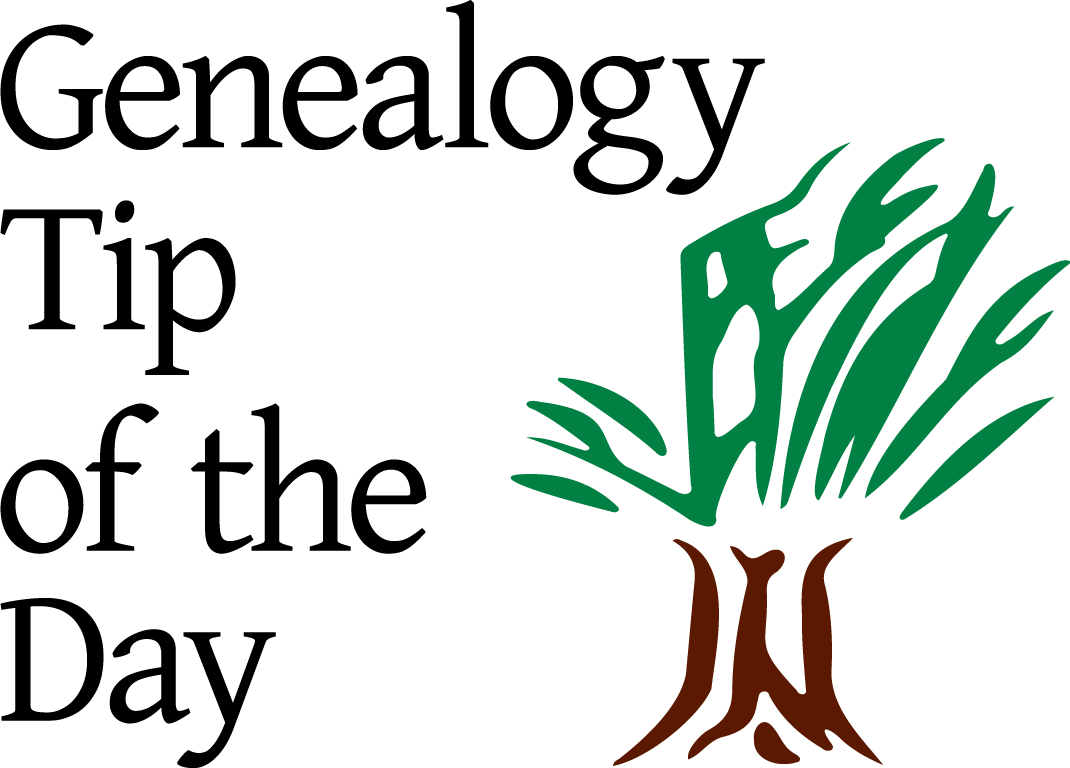
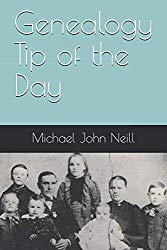
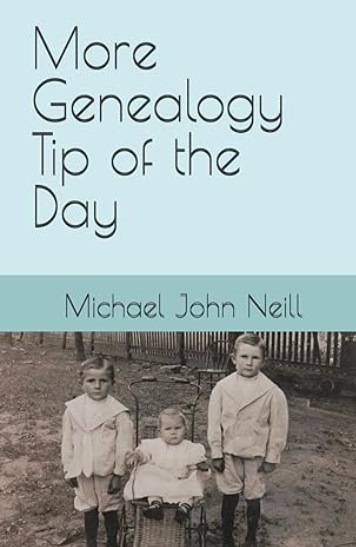


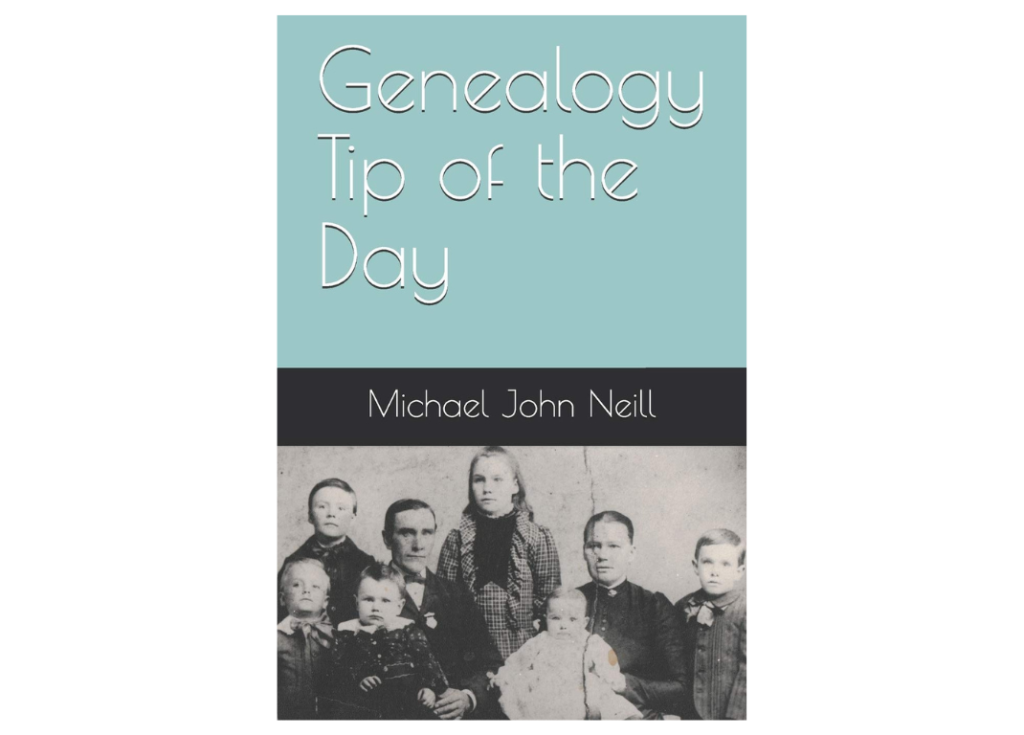
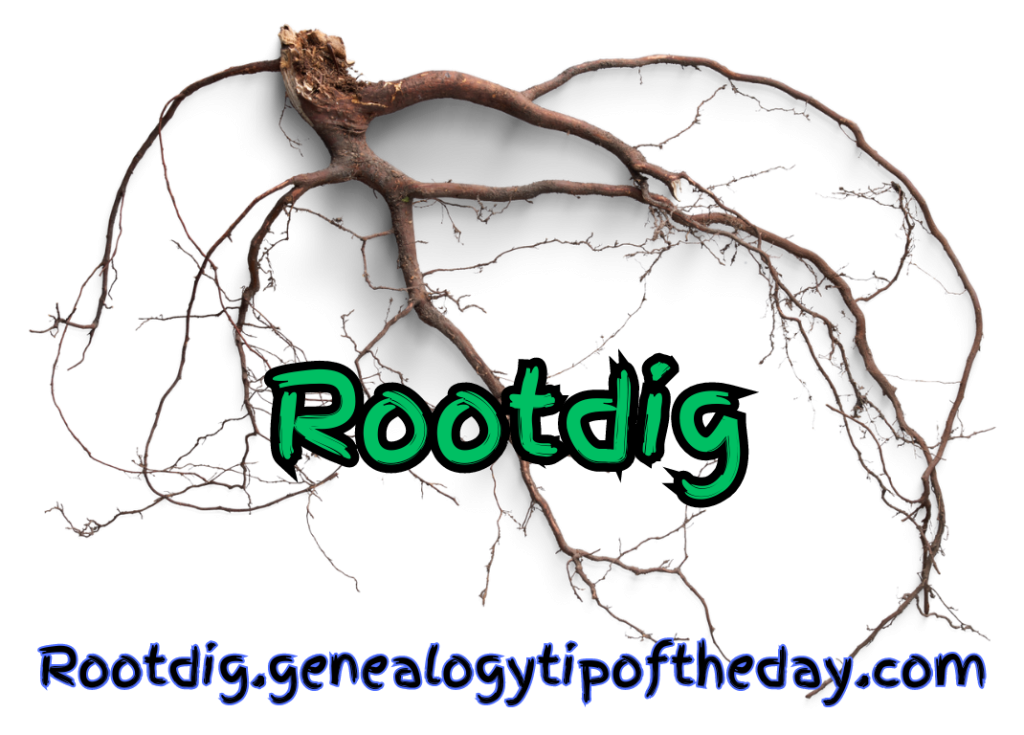

Recent Comments